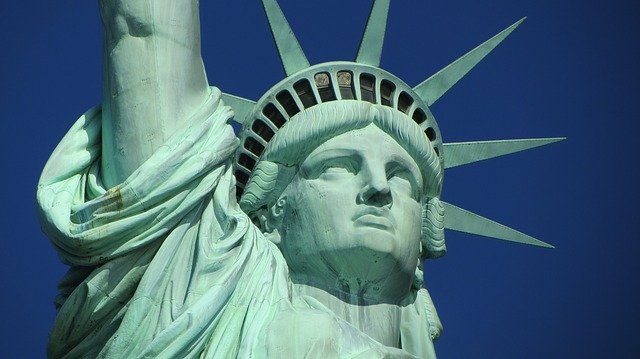New York Gov. Andrew Cuomo on Thursday announced a statewide investigation into nursing homes, with the support of the state’s attorney general and health department, amid the ongoing COVID-19 pandemic.
Under the terms of the initiative, all nursing home operators will be required to submit proof of the steps that they have taken to comply with local and federal regulations — including directives around adequate use of personal protective equipment (PPE) and effective “cohorting” of residents — to the state’s Department of Health.
“Nursing homes, they are our top priority. They have been from day one,” Cuomo said during his daily coronavirus press conference. “Remember how the nursing home system works: They are private facilities. They get paid to provide a service. They get regulated by the state government. There are certain rules and regulations that they must follow.”
Should the DOH and the office of attorney general Letitia James determine that a specific facility failed to meet those standards, officials will inspect that property and levy fines of $10,000 per violation. Facilities can also face the loss of their license.
Operators deemed out of compliance will also be required to submit a detailed action plan for fixing the problems.

Cuomo emphasized that operators must transfer residents to other facilities if they cannot meet those standards, either on their own or with the assistance of the DOH.
That rule applies even through the lens of a controversial order that nursing homes must re-admit residents with COVID-19, which has faced considerable backlash from both the industry and resident advocates.
“They have to readmit COVID-positive residents, but only if they have the ability to provide the adequate level of care under Department of Health and CDC guidelines,” Cuomo said. “If they do not have the ability to provide the appropriate level of care, then they have to transfer that patient, or they call the Department of Health, and the Department of Health will transfer that patient.”
The governor, who has seen his profile rise nationwide based on his response to the crisis, hammered home the state’s regulatory power over nursing homes in his remarks.
“That is how the relationship works: The state has very strict guidelines on privately run facilities. They get paid to take care of a resident. That resident, that patient must have a state-directed level of care,” Cuomo said. “If they cannot provide that, they can’t have the resident in their facility. Period.”
The New York State Health Facilities Association, which represents post-acute and long-term care providers in the state, called on the governor to send more support to facilities — specifically pointing to the mandatory-admission rule as evidence that Cuomo and the government have not prioritized nursing homes.
“The governor stated that nursing homes are the state’s #1 concern,” NYSHFA president and CEO Stephen Hanse said in a statement provided to SNN. “This declaration must be followed up with full support and assistance from the state in the form of increased help in securing staff, needed PPE, and priority testing for our residents and employees.”
Hanse also took issue with the governor’s repeated classification of nursing homes as “privately run.”
“Nursing homes and hospitals are all highly regulated, mission-driven organizations,” he said. “It is wrong for the state to single out nursing homes and say they are ‘private companies,’ and as such, nursing homes are on their own to secure needed PPE to safeguard their residents and staff.”
When questioned by reporters about what exactly went wrong at the state’s nursing homes, Cuomo softened his stance, clarifying that “nothing went wrong” in those properties that didn’t also happen in hospitals and society at large.
The governor also acknowledged that more testing is needed at nursing homes and across the population more generally.
“This is a crisis situation for nursing homes. They are under a lot of pressure. We understand that — through no fault of their own, by the way. This happens to be a virus that happens to attack elderly people, and nursing homes are the place of elderly people,” he said. “This is a very intense situation for nursing homes; we get it. But they still have to perform their job, and do their job, by the rules and regulations.”
The death toll at New York’s nursing homes has also made national headlines, with the Wall Street Journal on Wednesday counting 3,505 deaths at Empire State facilities — the highest in the nation.
A Thursday data analysis from CarePort Health, a software company that specializes in coordination between the acute and post-acute settings, estimated that 93% of New York City’s nursing homes had residents with COVID-19; facilities in which at least 10% of residents tested positive accounted for 45% of the total facilities in the five boroughs, according to CarePort.
As of April 16, CarePort also found a 58% spike in coronavirus symptoms at nursing homes in the city.
“This sudden increase in patients reporting COVID-19-related symptoms over baseline is concerning when considering that the trajectory of COVID-19 transmission follows an exponential growth path,” the company observed. “It points to a potential surge of COVID-19 in nursing homes — or a surge that has already happened and is not yet confirmed due to lack of testing — in hot spot areas such as New York.”



